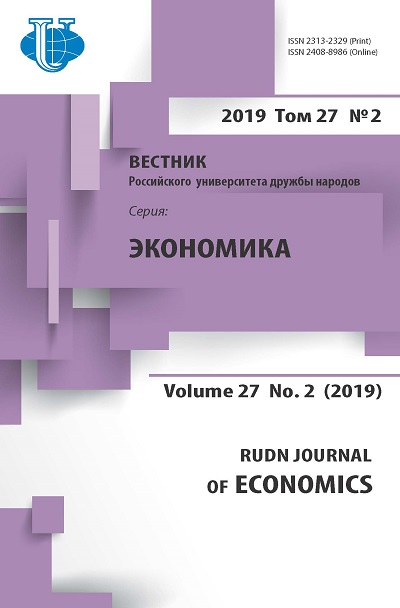Justification of the warning replacement of the elements of technical means of customs control
- Authors: Bondarenko S.O1, Saurenko T.N2, Gapov M.R3, Shakun E.N2
-
Affiliations:
- Mikhailovsky Military Artillery Academy
- Peoples’ Friendship University of Russia (RUDN University)
- Ministry of Economic Development of the Karachay-Cherkess Republic
- Issue: Vol 27, No 2 (2019)
- Pages: 269-279
- Section: INDUSTRIAL ORGANIZATION MARKETS
- URL: https://journals.rudn.ru/economics/article/view/22178
- DOI: https://doi.org/10.22363/2313-2329-2019-27-2-269-279
Cite item















